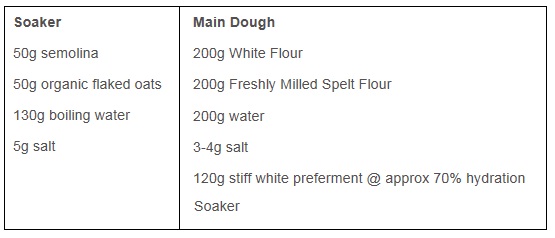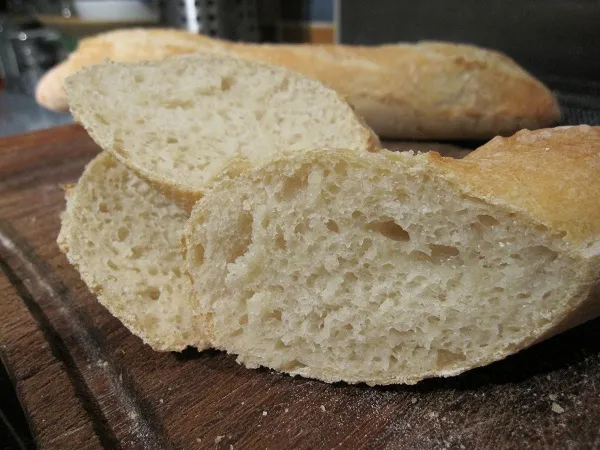Decadent Sprouted Spelt Cinnamon Rolls
This bake was loosely based on Reinhart's recipe in his new book "Bread Revolution" however I wanted to tweak it for my personal tastes to make them more tasty and maybe just a touch healthier.
For this recipe I have used sprouted spelt rather than wheat. Here are my other changes:








